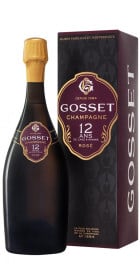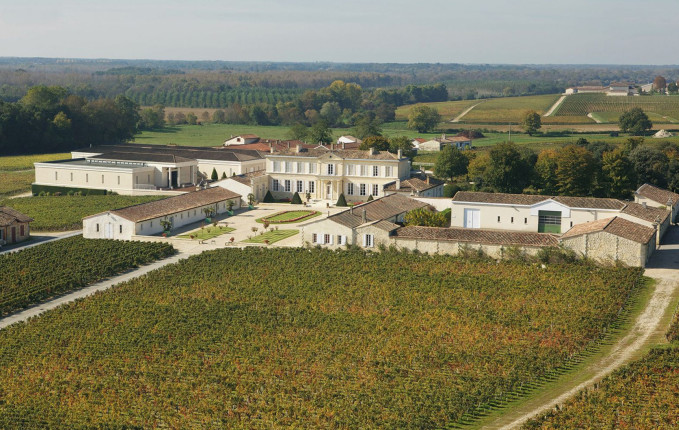
20€ coupon code for your first order by subscribing to our newsletter
Wine and spirits masterpieces to your doorstep
On our dedicated page, you will find all the information about Bordeaux Primeurs 2023

Secure packaging and transport insurance



The Château Branaire-Ducru is one of the most modern Domaines from Saint-Julien, whose particularly elegant wines invite nothing but pleasure. The first owner was a Bordeaux notary, Jean-Baptiste Braneyre, who in 1680 fully perceived its potential.
The Château as we know it today was built by his descendants, the Duluc family.
In 1855, the Château Branaire was named Fourth Grand Cru Classé in the famous classification formalized for the Paris World's Fair. The name Branaire (Duluc-Ducru) was finally adopted by Gustave Ducru in 1857. It wasn't until 1988 that it came under the banner of the Maroteaux family, marking the beginning of an era of modernity with the aim of producing great wines, irreproachable in expression and complexity. Today, François-Xavier Maroteaux is the second generation to uphold this philosophy.
The Château Branaire-Ducru lies on magnificent soil of deep gravel over clay, facing the Gironde estuary. The 60-hectare vineyard is 65% Cabernet Sauvignon, 28% Merlot, 4% Petit Verdot and 3% Cabernet Franc.
The estate also produces a Second wine, Duluc de Branaire-Ducru.
The wines of Château Branaire-Ducru are wines of emotion: fleshy, complex and sign a true expression of fruit.